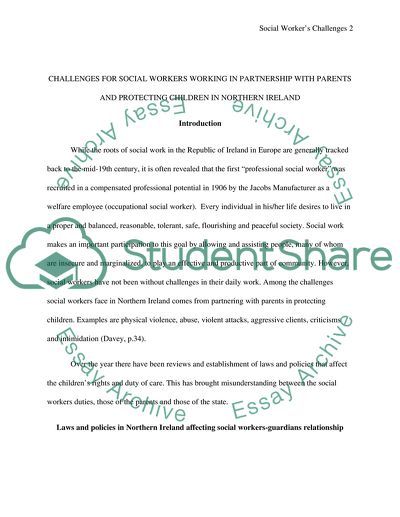Cite this document
(Key Challenges for Social Workers in Working in Partnership with Coursework, n.d.)
Key Challenges for Social Workers in Working in Partnership with Coursework. Retrieved from https://studentshare.org/social-science/1625001-discuss-the-key-challenges-for-social-workers-in-working-in-partnership-with-parents-and-protecting-children-in-northern-ireland
Key Challenges for Social Workers in Working in Partnership with Coursework. Retrieved from https://studentshare.org/social-science/1625001-discuss-the-key-challenges-for-social-workers-in-working-in-partnership-with-parents-and-protecting-children-in-northern-ireland
(Key Challenges for Social Workers in Working in Partnership With Coursework)
Key Challenges for Social Workers in Working in Partnership With Coursework. https://studentshare.org/social-science/1625001-discuss-the-key-challenges-for-social-workers-in-working-in-partnership-with-parents-and-protecting-children-in-northern-ireland.
Key Challenges for Social Workers in Working in Partnership With Coursework. https://studentshare.org/social-science/1625001-discuss-the-key-challenges-for-social-workers-in-working-in-partnership-with-parents-and-protecting-children-in-northern-ireland.
“Key Challenges for Social Workers in Working in Partnership With Coursework”. https://studentshare.org/social-science/1625001-discuss-the-key-challenges-for-social-workers-in-working-in-partnership-with-parents-and-protecting-children-in-northern-ireland.


